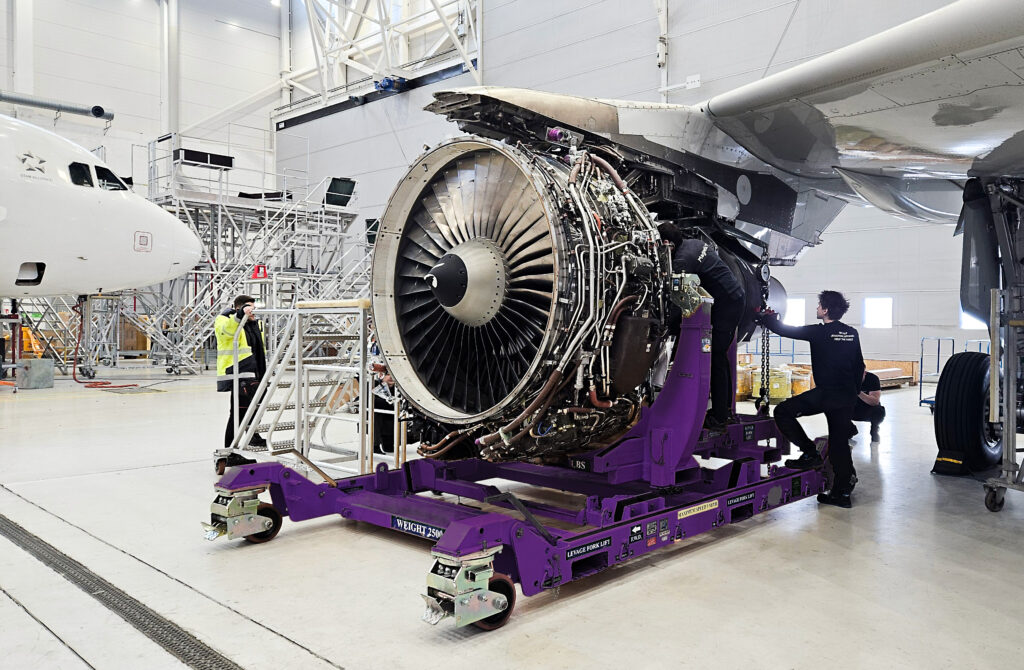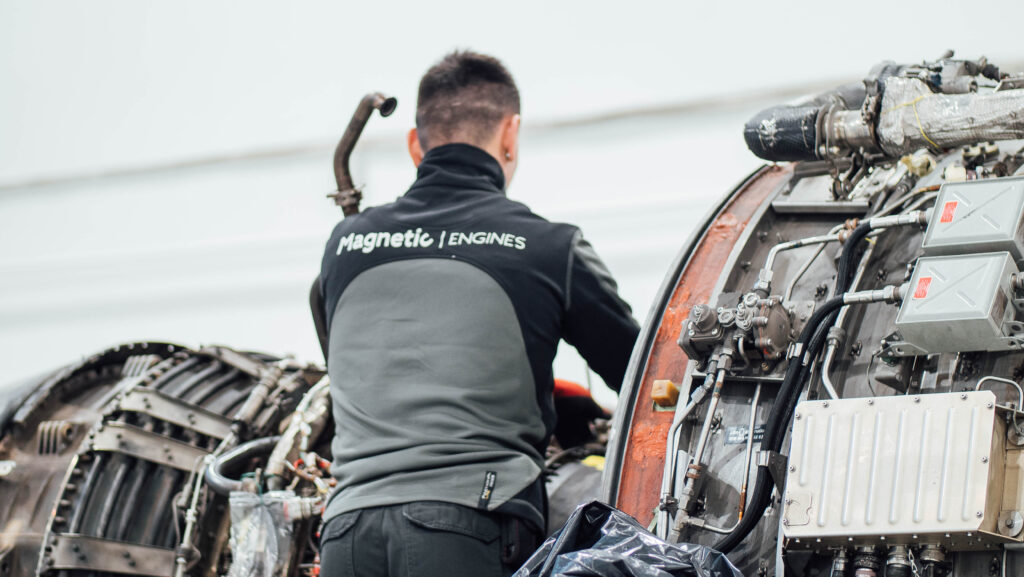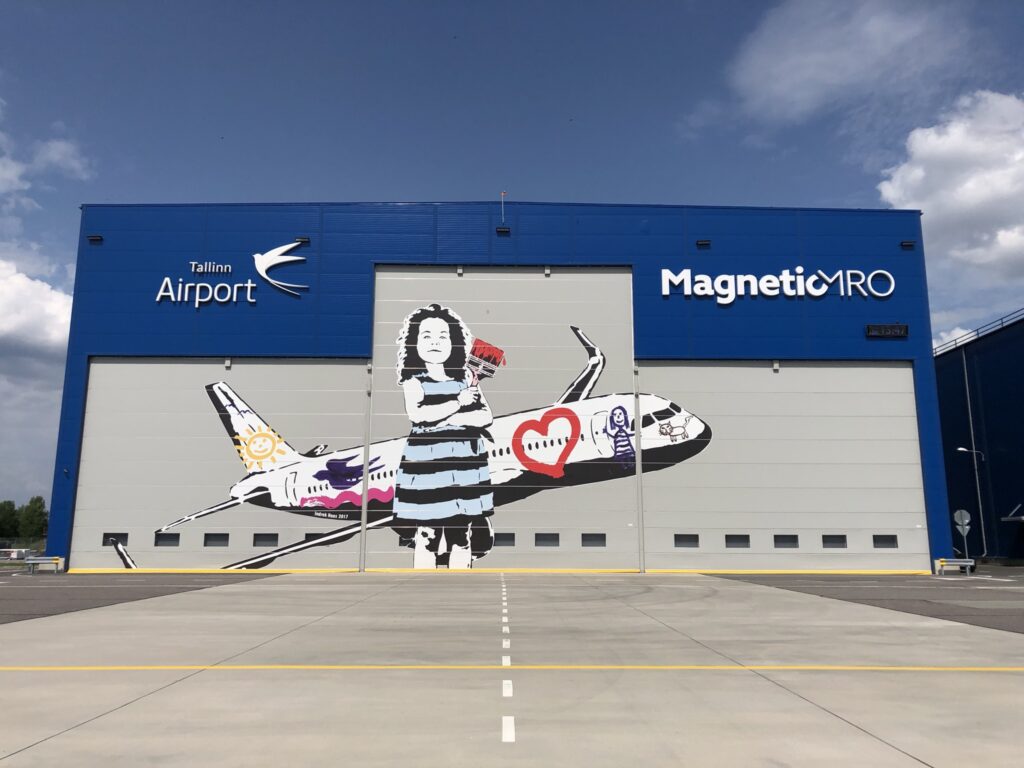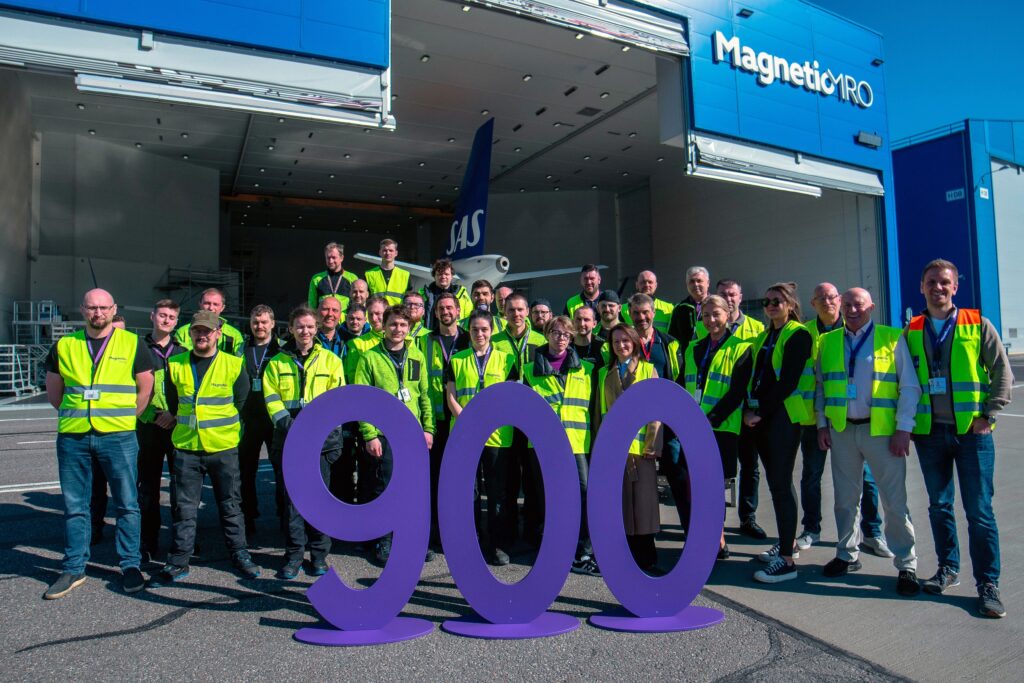U.S. Aviation Supply Chain Challenges: Parts Shortages, Rising Costs & Labor Resource Crunches

Christian Mejia, Sales Director of Magnetic Trading
The aviation industry has been on a rollercoaster ride over the past three years. U.S. airlines have endured severe consequences due to significant historical events, starting with the COVID-19 pandemic and now geopolitical conflicts such as the war in Ukraine. This post-pandemic era has also made it even more difficult for many sectors within aviation, causing disruptions to the supply chain.
Among the primary bottlenecks are staff shortages, a need for more raw materials, price increases in inventory and labor, and extensive lead times. Yet, despite all these obstacles, the airline industry has faced, optimism remains for a promising continual trend in United States' rebound to pre-pandemic level.
The local industry finally returned to profits in 2022, albeit gradually. US-based airlines grew by 8% of revenues in 2019; however, their operating expenses increased by 16%. Fuel and labor comprised 30% of the aviation industry's cost base. All this occurred along with an uptick in demand and record numbers of travelers are expected in the spring and summer of 2023. However, despite all these healthy signs of travel demand, business travel demand is still lagging.
About 75% of Americans travel for leisure rather than for business. For international travel, demand has yet to fully recover in select markets.. U.S. travel to Asia is far below pre-pandemic levels, but this should change with the region's opening. In January of 2023, travels from the U.S. to Mexico had increased by 24%, while travel to Canada from the U.S. saw a 17% reduced volume from pre-pandemic levels (Shabat, 2023).
There is the good, the bad, and the ugly. First, let's consider the pandemic as "ugly." The airline industry shut down in a matter of weeks, which set the industry back by several years, undoing a lot of progress. The "bad" is aviation's most significant current challenge: supply chain constraints. With a notable and sudden surge in demand, however, insufficient supplies are available to meet such levels. Regardless of the "ugly" parts and "bad" scenarios, we have a promising "good" to look forward to as the aviation industry experiences exceptional rebound figures.
Current State of Supply Chain
Since the industry is in the middle of a rebound, it's been moved from one crisis to another. It was first a global pandemic and is now a global supply chain crisis. OEMs are scrambling for raw materials and components, while the workforce is reduced.
Parts shortages are primarily driven by the need for more resources for raw materials, and some inventory is becoming scarce. The MRO sector has a backlog of TAT and delivery timeframes. Consequently, an abrupt market correction was brought about after the lean years early on in the pandemic. Therefore, a significant reduction in purchasing was done in 2020 and 2021.
Airlines did their utmost to protect cash flows while doing what they could to maintain their fleet maintenance. Unsurprisingly, they looked at internal resources first. With so many aircraft grounded at the time, airlines swapped out and cannibalized aircraft parts and green-time engines to avoid maintenance and the cost of purchasing replacement parts.
With airlines and MROs pausing spending, it starved the aftermarket supply chain of sales to sustain operations. Once the aviation supply chain commercial machine is powered down on both the OEM and aftermarket side, it takes time to restart the machine and restore it to its optimal function. Adding this to the staffing shortages and lack of materials caused massive disruption to OEM and aircraft manufacturers.
Supply chain constraints come when our industry is eager to build more aircraft. Unfortunately, there is a backlog of aircraft orders. Aircraft manufacturers have yet to be able to deliver their planned targets consistently. Even though we see massive blockbuster deals for new aircraft, supply chain constraints mean those aircrafts will probably not be delivered until years later.
Another factor is a noticeable increase in the price of materials and labor. Inflation has been rising at about 7% in the U.S. and even more throughout different countries, causing companies to pay much more for materials and labor. Consequently, this leads to cash constraints in the supply chain. Government aid has dried up, interest rates have skyrocketed, and those creative forward-capital arrangements are becoming less accessible.
Disruption of Flow Globally
In today's market, sourcing locally is a more complex approach that has evolved into sourcing globally. Sourcing material used to be about finding the right price, but it has shifted to finding any availability. As a result, most are now purchasing material and inventory from across the world for what used to be more easily reachable.
Whether it is the US buying from Europe or vice versa, with international shipping implicated, it is prevalent to experience disruptions to the global flow. For example, in Europe, many flights are canceled due to national and regional strikes from aviation staff members and pilots. In mid-March of 2023, the French Civil Aviation Authority (DGAC) instructed the country to reduce flights in and out of Paris, causing many cancellations. This occurrence was in the wake of a national strike due to protesting the president's reforms (Kunzler, 2023).
Major domestic airlines are negotiating with their pilots in the US for a good deal to benefit both parties. Many of these airlines have cast internal strike votes, with the majority voting in favor of action to strike. Delta Air Lines agreed on a deal with the pilot union for a 30% raise for their pilots over four years. This Delta deal has opened the doors for other airlines to grasp a better overview of the current market for their negotiations (Wichter, 2023).
Russia's invasion of Ukraine and COVID-19 lockdowns in China have also caused substantial disruptions in the global aviation industry. Accessing certain raw materials has been the most significant issue affecting pricing and availability. These regions make up a large percentage of raw material supply, which causes stress to other sources to keep up with the demand. A few years ago, half of the aerospace titanium came from Russia. Also due to sanctions, it has forced us to shift metal procurement, so there are investments throughout these other sources to provide the capacity and accommodate that growth.
Prominent Trends in the Aftermarket / USM
The Used Serviceable Material (USM) Market is steadily growing and can reach US$ 9.5 billion by 2027 with a CAGR of 4% (Compound Annual Growth Rate) throughout the years (Stratview Research, 2022). The North American market is the largest share of the global USM market. The U.S. is consistently investing in the infrastructure required for USMs for commercial and defense applications to increase the accuracy of operations, reduce maintenance costs, and decrease operational time.
The rise in aircraft and aftermarket parts would drive the growth of the USM market in the region (Salunkhe, 2022). Many established aviation companies have positioned themselves to support the growth of USM by allocating financial resources to acquire assets and increase inventory. With that, there has been a struggle with extensive lead times in the MRO sector, so having material ready in stock will outpace this current market.
Also, a surprisingly low number of aircraft teardowns compared to previous years have been done. Airlines continue to operate older aircrafts due to delays in deliveries of newer aircrafts; however, there is likely to be an increase in retirements in the future. As an aftermath, experts have mentioned a "retirement tsunami" in the coming years, which would flood the USM market with new opportunities.
Bracing for an Uncertain Recovery
The recovery to pre-pandemic levels is not far-fetched after all. The market has positive signs, such as increased production rate ramp-up and travel demand. Although the aviation industry is experiencing supply chain issues, it may be a good problem compared to all it has endured over the past three years.
With the start of the first quarter of 2023, there is optimism for a record-breaking year, all while being on track to reach pre-pandemic levels. Still, it all depends on macroeconomic levels, recession, inflation monitoring, geopolitical situation implications, and labor issues. Unfortunately, these implications are here to stay for the next year or two. Nonetheless, every day is an opportunity to get ahead and provide more support to our thriving aviation industry.















